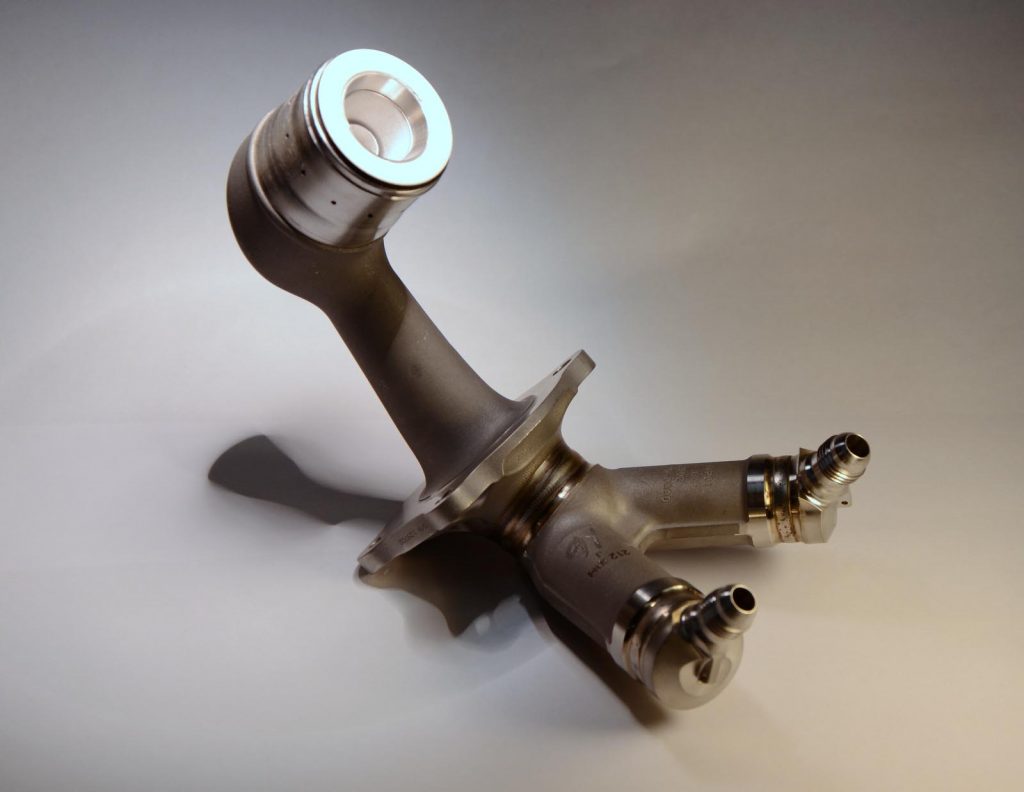American multinational aeronautical corporation Boeing has released new pictures of its upcoming 777X twin-engine jet. Tipped to be the largest plane of its kind in the world, the 777X will fly later this year, harnessing the strength of six 3D printed parts inside its GE9X engines.
Ted Ingling, General Manager of the GE9X program at GE Aviation, says:
“We found, quite frankly, that additive manufacturing is quite powerful,”
“Especially,” he adds, “in the early phases of development, where it allows the design team to iterate on concepts much faster.”

3D printed parts of the GE9X
The new Boeing 777X plane has been under development since 2017 and incorporates a number of new design features for larger cabin capacity and improved hangar storage. The GE9X engine that drives the plane is the subject of over $2 billion in development expenditure from GE and had its first run in 2016.
Building on the legacy of the preceding GE90 engine – the first from GE to incorporate additive manufacturing – the GE9X includes the famed GE 3D printed fuel nozzle.
Small components, including temperature sensors and fuel mixers, and larger parts, like heat exchangers and separators are also 3D printed. Foot-long low pressure turbine blades in the GE9X are also 3D printed, reducing overall engine weight and maximizing size and power.
The 3D printed fuel nozzle inside the GE9X was 3D printed by Morris Technologies, which was acquired by GE in 2012. Other components in the engine were 3D printed by GE Additive on Concept Laser machines.

Making the most fuel-efficient jet in the world
Equipped with two GE9X engines, the 777X is scheduled to make its maiden voyage in the second quarter of 2019. Commercial runs of 777X series planes however are not due until 2020.
When in service the larger 777-9 model in a single flight will be capable of carrying 400 and 425 passengers up to 8,745 miles around the globe. The smaller 777-8 by comparison will be capable of covering up to 10,000 miles, seating between 350 and 375 people in the cabin. At this point, according to Boeing, the 777X will be “the most-efficient twin-engine jet in the world, with 12 percent lower fuel consumption and 10 percent lower operating costs than the competition,” all enabled by the GE9X.
Nominate GE and Boeing for Aerospace Application of the Year in the 2019 3D Printing Industry Awards.
For regular additive manufacturing aerospace news updates subscribe to our newsletter, follow us on Twitter and like us on Facebook.
Looking for a fresh start in the new year? Visit 3D Printing Jobs to get a head start.
Featured image shows the Boeing 777X jet with GE9X engine installed. Photo via Boeing


